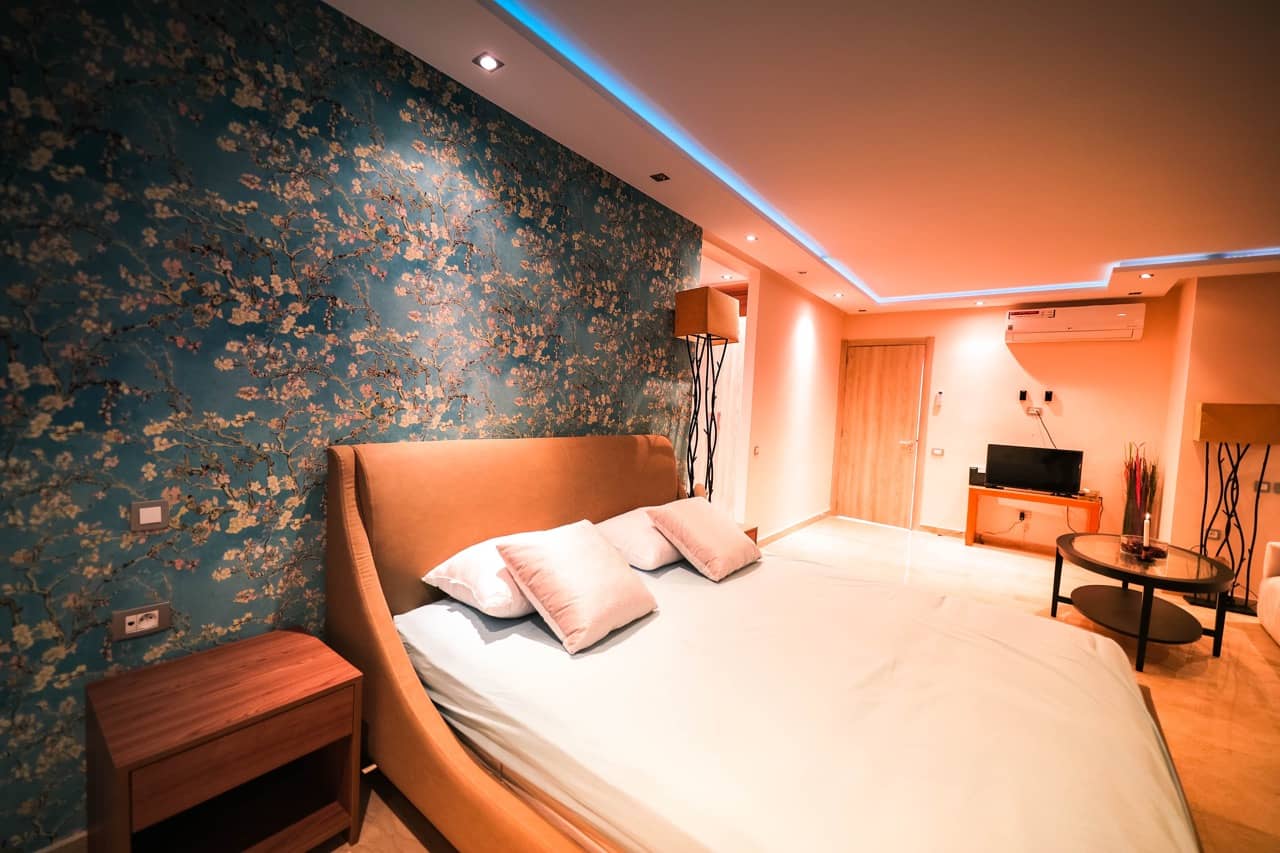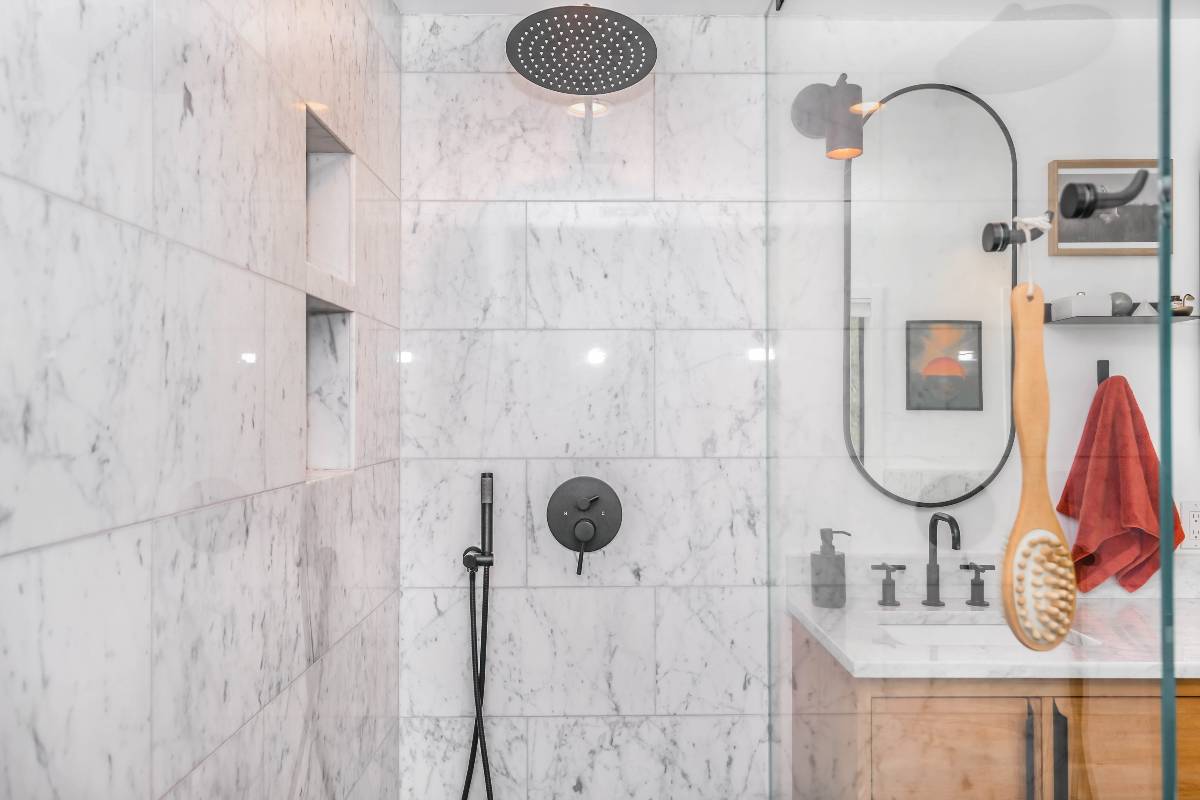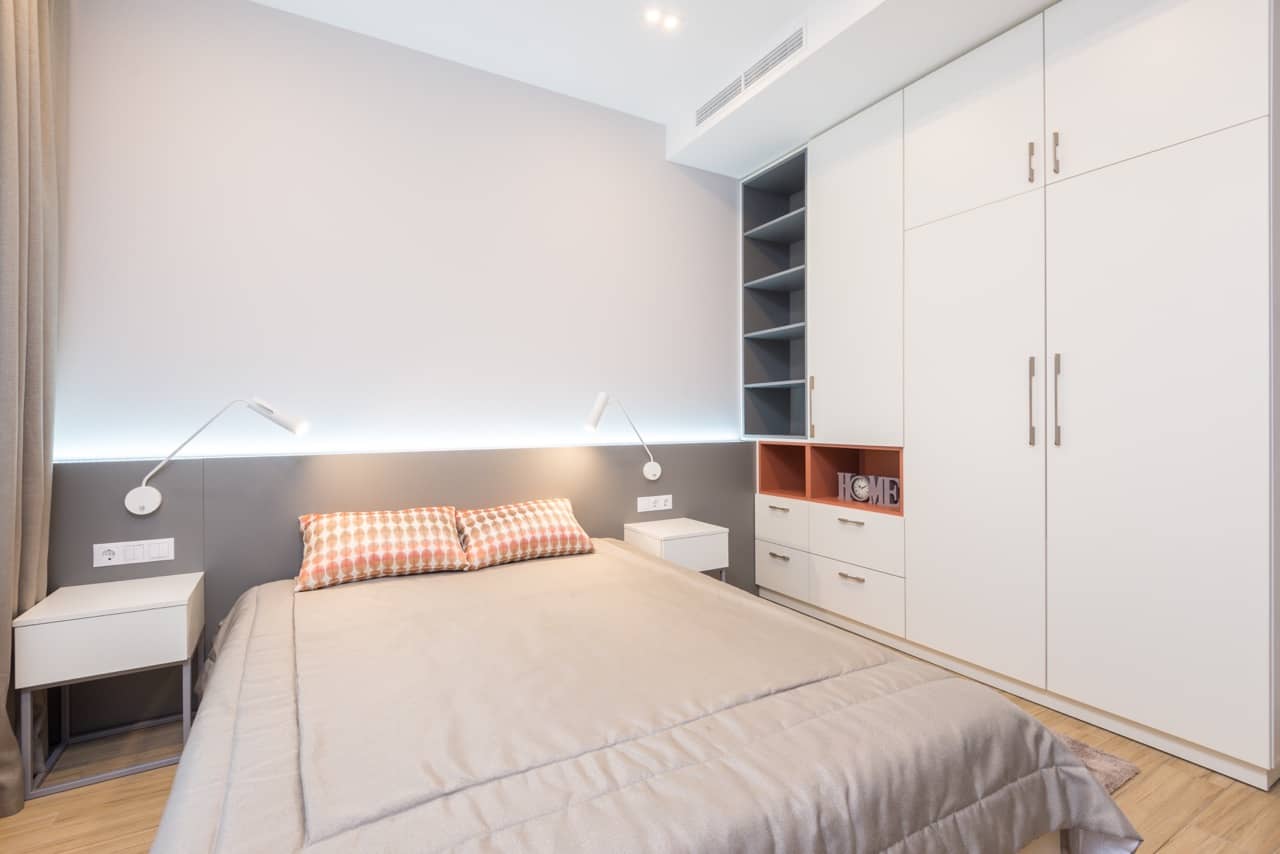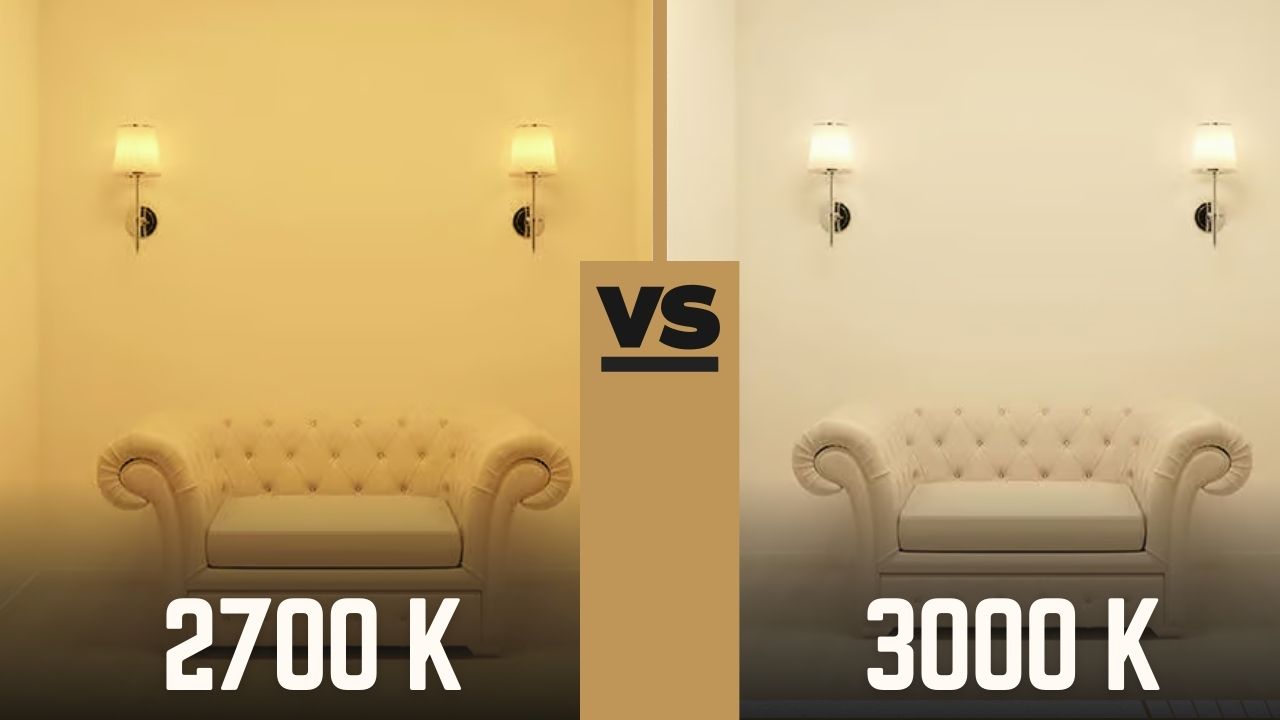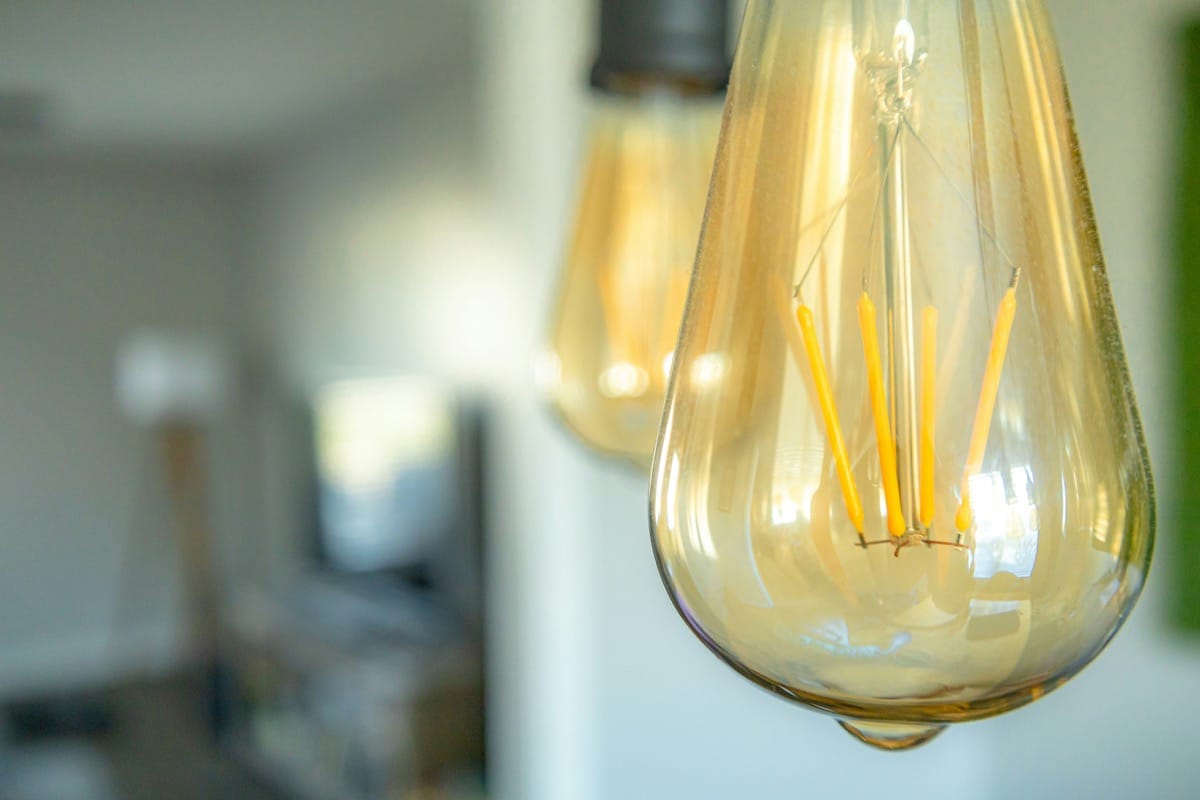Lighting plays a crucial role in the overall design and functionality of a bedroom. It not only illuminates the space but also sets the mood, enhances comfort, and creates an inviting atmosphere for relaxation.
The right combination of lighting fixtures can transform a dull room into a cozy sanctuary or a vibrant haven. Among the various options available, LED lights have gained immense popularity for their numerous advantages over traditional lighting solutions.
Importance of Lighting in the Bedroom
The bedroom is more than just a place to sleep; it serves as our personal retreat where we unwind, read, watch movies, and engage in various activities before retiring for the night. Appropriate lighting is essential to facilitate these tasks effectively while maintaining comfort. Properly designed bedroom lighting can help create different zones within the room, such as ambient lighting for overall illumination, task lighting for reading or dressing areas, and accent lighting to highlight architectural features or decor elements.
Moreover, adequate lighting is vital for ensuring safety during nighttime activities like moving around the room or stepping out of bed. The right balance of light prevents eye strain and discomfort while promoting relaxation.
On the other hand, poor bedroom lighting can lead to headaches, fatigue, and even impact our sleep quality. Hence, investing time and effort in understanding different types of lighting options becomes imperative.

Benefits of LED Lights
LED lights have revolutionized residential and commercial illumination with their myriad benefits over conventional incandescent bulbs or fluorescent tubes. Firstly, LED lights are highly energy-efficient compared to traditional alternatives.
They consume significantly less electricity while providing an equivalent amount of brightness output. This energy efficiency translates into reduced utility bills and helps save money in the long run.
Furthermore, LED lights have an exceptionally long lifespan when compared to incandescent bulbs or CFLs (compact fluorescent lamps). While traditional bulbs may last around 1-2 years on average, LEDs can easily have a lifespan of 10-20 years, depending on usage.
This longevity eliminates the frequent need for replacements and reduces waste, making LED lights an environmentally friendly choice. In addition to energy efficiency and durability, LED lights offer versatility in terms of color temperature and brightness control.
Unlike traditional bulbs that emit a fixed warm or cool light, LEDs are available in various color temperatures ranging from warm white (soft yellowish glow) to cool white (bright bluish-white). This versatility allows individuals to customize the lighting ambiance according to their preferences and activities.
Moreover, many LED lights come with dimmable options, enabling users to adjust the brightness as desired for different purposes like reading or relaxing. Overall, by understanding the importance of lighting in the bedroom and recognizing the benefits of LED lights over traditional alternatives, one can make informed decisions when choosing the best lighting solution for their personal space.
Understanding LED Lights
What are LED lights?
LED, an acronym for Light Emitting Diode, is a revolutionary lighting technology that has gained immense popularity in recent years. Unlike traditional lighting options such as incandescent or fluorescent bulbs, LEDs consist of tiny semiconductors that emit light when an electric current passes through them.
These semiconductors are usually made from materials such as gallium arsenide, gallium phosphide, or indium gallium nitride. The size of these diodes is typically less than 1 mm square and can emit light in various colors.
How do they work?
The functioning of LED lights is based on the principles of electroluminescence. When an electric current is applied to the diode material, it excites the electrons within the semiconductor lattice. As these energized electrons release their excess energy, they produce photons (light particles) in the process.
The color of the emitted light depends on the specific materials used in the LED construction. LED lights require a low voltage power supply to operate efficiently.
This voltage can range from 1-4 volts depending on the specific LED type and color temperature desired. Moreover, LEDs are unidirectional light sources which means they emit light in a specific direction rather than spreading it uniformly like traditional bulbs.
Advantages over traditional lighting options
LED lights offer numerous advantages over traditional lighting options that have made them increasingly popular among consumers and industries alike. One major advantage of LEDs is their remarkable energy efficiency compared to incandescent or fluorescent bulbs. LEDs convert nearly all electrical energy into light without generating wasteful heat.
This efficiency enables them to consume significantly less power while providing equivalent or even superior brightness levels. Another significant advantage is their extended lifespan.
While incandescent bulbs last for around 1,000 hours and compact fluorescent lights (CFLs) for approximately 8,000 hours, LED lights can last up to an impressive 50,000 hours or more. This longevity not only saves money on frequent replacements but also reduces waste, making LEDs an environmentally friendly choice.
Furthermore, LED lights offer greater flexibility in terms of design and functionality. They come in a variety of sizes and shapes, including bulbs, strips, and panels.
This versatility allows for creative installations and enables users to customize their lighting arrangements according to their specific needs and preferences. Overall, the combination of energy efficiency, long lifespan, and design flexibility makes LED lights a cost-effective and environmentally conscious choice over traditional lighting options.

Brightness and Color Temperature
Warm white vs cool white LEDs
When it comes to selecting the ideal LED lights for your bedroom, considering the brightness and color temperature is crucial. LED lights offer a range of color temperatures, typically categorized as warm white or cool white. Warm white LEDs emit a soft, yellowish light that creates a cozy and relaxing atmosphere in the bedroom.
This color temperature closely resembles traditional incandescent bulbs and is often preferred for bedrooms as it promotes a sense of warmth and tranquility. On the other hand, cool white LEDs produce a brighter, bluish-white light that simulates daylight.
This color temperature is ideal for tasks that require focused lighting, such as reading or getting ready in the morning. In determining which color temperature best suits your bedroom, consider the ambiance you wish to create.
If you desire a calm and peaceful environment conducive to winding down at night, opt for warm white LEDs. However, if you prefer a more invigorating atmosphere that mimics natural daylight during daytime activities, cool white LEDs may be more suitable.
Dimmable options for adjustable brightness
Adjustable brightness is an essential feature to consider when choosing LED lights for your bedroom. Dimmable LED lights allow you to customize and control the level of illumination based on your needs and preferences throughout the day. This flexibility enables you to create different moods in your bedroom or adjust the lighting intensity according to specific activities like reading or watching movies.
When selecting dimmable LED lights, ensure compatibility with existing dimming switches or invest in smart bulbs compatible with smartphone apps or voice assistants such as Alexa or Google Assistant. This advanced technology grants you effortless control over brightness levels without even leaving your bed.
Size and Shape of LED Lights
Bulbs vs strips vs panels
The size and shape of LED lights play a significant role in both the aesthetics and functionality of your bedroom lighting. LED lights come in various forms, including bulbs, strips, and panels. Bulbs are the traditional choice and can be easily installed into existing light fixtures.
They provide focused lighting in specific areas. LED light strips, on the other hand, offer versatility as they can be cut to custom lengths and adhere to various surfaces.
They are ideal for creating ambient or decorative lighting effects around headboards, under furniture, or even behind mirrors. LED panel lights provide a sleek and modern look while distributing uniform illumination across the room.
They are often used as main light sources in bedrooms with their wide coverage area and low profile design. Consider the specific requirements of your bedroom space when choosing between bulbs, strips, or panels.
If you desire targeted lighting with adjustable positioning, LED strip lights may be suitable. However, if you prefer a more uniform and minimalist appearance with broad illumination coverage, LED panels could be an excellent choice.

Energy Efficiency and Lifespan
Comparing wattage and lumens
Efficiency is a crucial factor when selecting LED lights for your bedroom due to long-term energy savings and reduced environmental impact. To determine energy efficiency accurately, analyze both wattage (power consumption) and lumens (light output).
Wattage refers to the amount of power consumed by an LED light source while lumens indicate the brightness level produced. It is essential to strike a balance between these two factors to ensure adequate illumination without excessive energy usage.
Comparing wattage-to-lumen ratios among different LED options will help identify which models offer greater efficiency. Look for LEDs that produce higher lumens per watt ratio to maximize brightness while minimizing power consumption.
Longevity of LED lights
In addition to energy efficiency concerns, considering the lifespan of LED lights is vital when investing in bedroom lighting. LED lights are renowned for their exceptional durability, far outlasting traditional incandescent or fluorescent bulbs. On average, LED lights can last up to 25,000 to 50,000 hours, significantly reducing the frequency of replacement.
By choosing longer-lasting LED lights, you not only save money on replacements but also contribute to a more sustainable environment by reducing waste. Additionally, the longevity of these lights reduces maintenance efforts and ensures consistent quality illumination in your bedroom for an extended period.
When selecting LED lights for your bedroom, give careful consideration to both energy efficiency and lifespan. By doing so, you will enjoy benefits such as reduced energy bills and fewer replacements while contributing positively to the environment.
Best LED Lights for Bedroom – High Level Overview
A) Philips Hue White and Color Ambiance Starter Kit
When it comes to creating a truly personalized ambiance in your bedroom, the Philips Hue White and Color Ambiance Starter Kit is unmatched. This kit offers a delightful spectrum of customizable colors that can be easily adjusted to suit your mood or preference.
From calming blues to vibrant reds, you have the power to transform the atmosphere of your bedroom with a simple touch. Furthermore, the dimmable feature allows you to set the perfect level of brightness at any time of day.
Whether you’re winding down after a long day or need ample lighting for reading, this kit has got you covered. With voice control capabilities and seamless integration with smart home systems like Alexa or Google Assistant, convenience is at your fingertips.
B) LIFX Mini Wi-Fi Smart Bulb
If you’re searching for an affordable yet reliable LED light option for your bedroom, look no further than the LIFX Mini Wi-Fi Smart Bulb. This bulb offers exceptional dimming capabilities, allowing you to effortlessly adjust its brightness according to your needs. Say goodbye to harsh lighting when all you desire is some soft illumination while unwinding before bed.
The voice control functionality adds an extra layer of convenience by enabling effortless adjustments even when your hands are full. Moreover, with its energy-efficient design, this smart bulb not only helps reduce electricity consumption but also contributes positively toward sustainability efforts.
C) Nanoleaf Shapes Hexagons Smarter Kit
For those who crave unique and artistic lighting arrangements in their bedroom, the Nanoleaf Shapes Hexagons Smarter Kit is an absolute game-changer. With its modular design approach, these hexagonal LED panels offer endless possibilities for creating mesmerizing patterns and shapes on your bedroom walls.
What makes this kit even more captivating is its ability to sync with music, allowing your lights to dance harmoniously with your favorite tunes. This feature transforms your bedroom into an immersive audiovisual experience, perfect for setting the mood or hosting intimate gatherings.
Niche Subtopics on LED Lights for Bedrooms
A) Benefits of using color-changing LEDs in the bedroom
Subtitle: Elevate Your Mood and Enhance Relaxation
The introduction of color-changing LEDs in the bedroom can have a profound impact on mood and relaxation levels. Studies have shown that different colors evoke distinct emotions and sensations within individuals. Soft blues and greens tend to create a calming effect, promoting tranquility and reducing stress levels.
On the other hand, warm hues like oranges or reds can stimulate feelings of warmth, comfort, and intimacy. By customizing the color of your LED lights based on your desired emotional state, you can create an environment that supports relaxation, rejuvenation, or even romance. Subtitle: Enhancing Sleep Quality through Lighting
The quality of sleep plays a vital role in our overall well-being. Color-changing LEDs offer a unique opportunity to optimize our sleep environment by mimicking natural light patterns throughout the day. The integration of warm white or amber tones during evening hours helps induce melatonin production—the hormone responsible for regulating sleep-wake cycles—promoting a more restful night’s sleep.
With programmable timers or smart home integration features available in many LED lighting systems today, you can seamlessly automate these lighting transitions according to your preferred schedule. By harnessing the power of light therapy through color-changing LEDs, you can improve not only the quantity but also the quality of sleep you experience each night.
Conclusion
As we conclude our exploration of the best LED lights for bedrooms, it is evident that these lighting solutions offer an array of benefits beyond their energy efficiency. From the Philips Hue White and Color Ambiance Starter Kit’s customizable colors to the LIFX Mini Wi-Fi Smart Bulb’s budget-friendly reliability and the Nanoleaf Shapes Hexagons Smarter Kit’s artistic possibilities, there is something for everyone. By embracing color-changing LEDs and optimizing your bedroom lighting, you have the power to elevate your mood, enhance relaxation, and even improve sleep quality.
So why settle for ordinary illumination when you can create a truly extraordinary atmosphere in your personal sanctuary? Embrace the transformative nature of LED lights and let their radiance inspire you to live a life filled with beauty, comfort, and tranquility.

